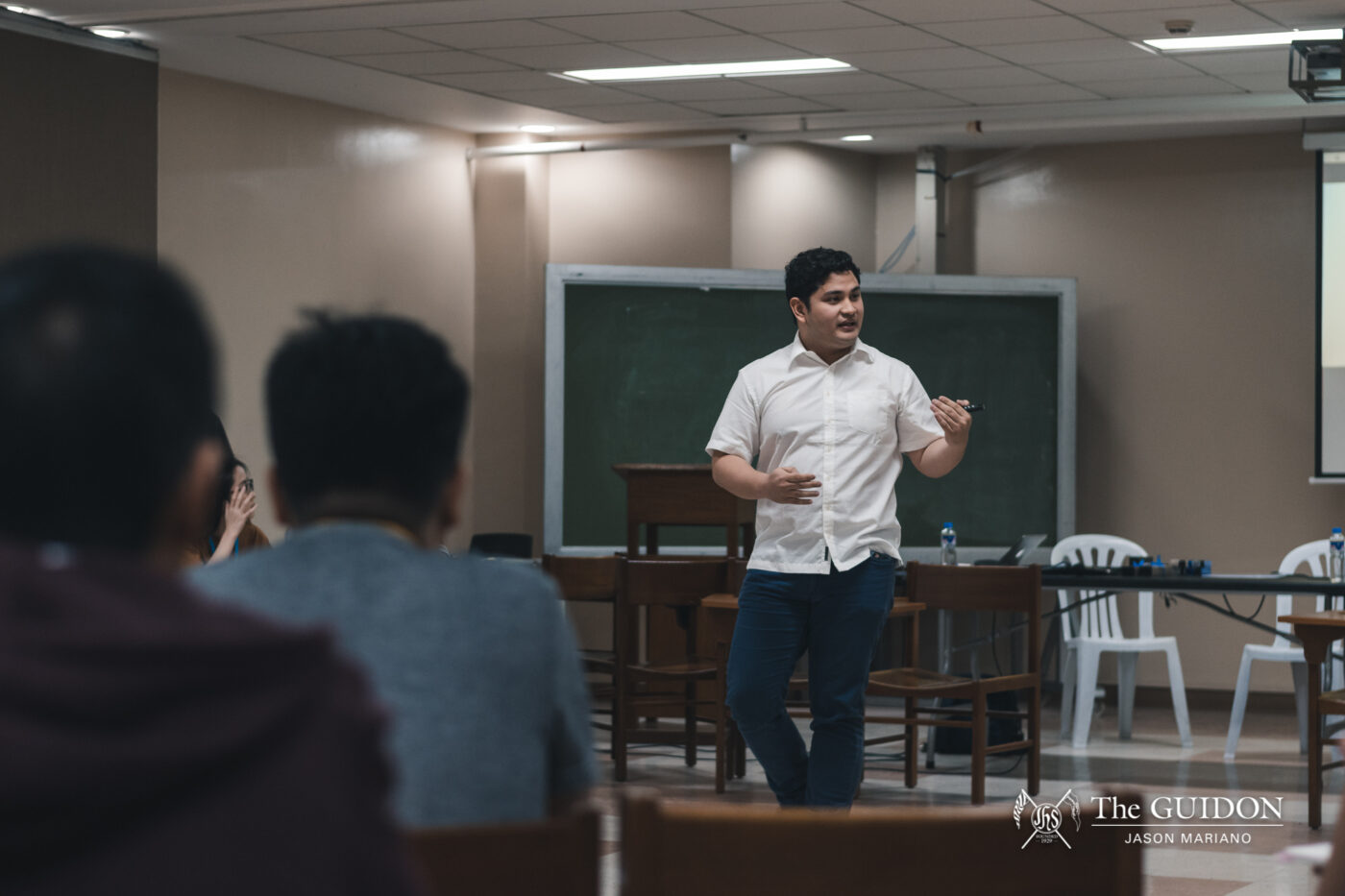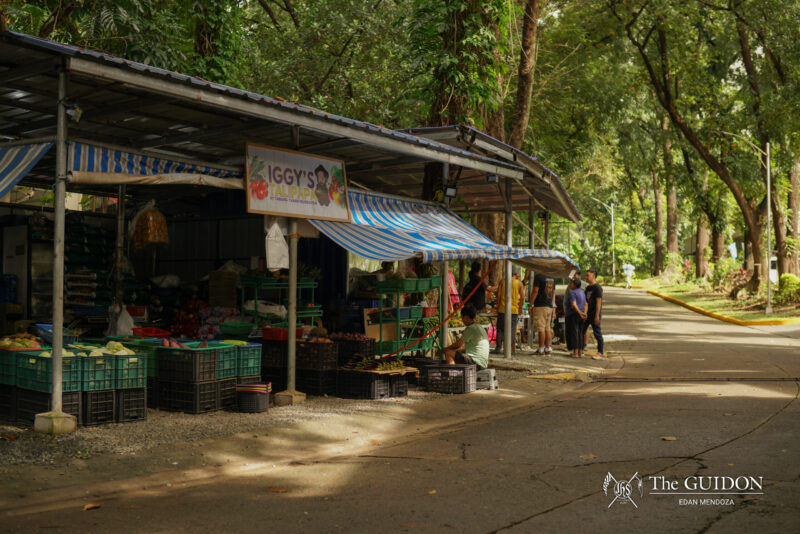In 2015, world leaders and the United Nations (UN) listed down 17 Sustainable Development Goals (SDGs) that strive for an inclusive and progressive growth across all countries.
The SDGs aim “to end poverty, protect the planet and ensure prosperity for all” in the next 15 years as part of the 2030 Agenda for Sustainable Development, as explained in the UN’s website.
Some of the SDGs include No Poverty, Zero Hunger, Good Health and Well-Being, and Quality Education, among others. These goals serve as the continuation of the Millennium Development Goals (MDGs) that were set to be achieved last 2015.
On February 21, the Talakayang Alay sa Bayan (TALAB) talk entitled “Meeting the Challenges of Sustainable Development: Role of Universities and the Youth,” highlights the SDGs. They are put into perspective by looking at the Philippines’ progress, as well as how SDGs are being addressed by Philippine universities and the youth.
SDGs and universities
“Sustainable development is economic development with the participation of some sectors,” says, Randy Tuaño, Acting Coordinator for Sustainable Development Solutions Network (SDSN) Philippines and Assistant Professor at the Ateneo Economics Department.
In the talk, Tuaño presents a matrix crafted by SDSN pertaining to four areas in which universities can act towards the SDGs: Research, Education, Operations and Governance, and External Leadership.
For research, Tuaño says that as a “fulcrum for knowledge formation or knowledge development,” universities could facilitate training and innovation towards SDGs. He also says that universities could educate the youth more about the SDGs by providing courses and seminars, as well as making the SDGs known to the students.
“We can show how SDGs can be adapted in our campus and as a prototype of how we can apply SDGs in our own country,” Tuaño explains.
As for external leadership, Tuaño also calls students to engage in national discussions to further promote SDGs. Moreover, he also mentions the importance of the government’s Philippine Development Plan (PDP) 2017-2022.
According to Tuaño, the PDP is “a medium-term plan that [is] SDG-friendly.” It aims for improvements in the country’s economy, infrastructure, ecology, social services, and peace and development, among others.
“The question is really how these different parts interconnect so that it’s very apparent to the population that the goal really is sustainable development,” Tuaño says. “[It is important that] the interconnection of all of these plans [are pronounced] so that the sustainable development paradigm can actually just come out.”
Beyond SDGs
For SDSN Philippines Youth Coordinator Xavier Peredo, the SDGs have come a long way in engaging sectors to act towards the SDGs.
“Before, the UN only recognized the role of states [and] governments as catalysts for change,” he says. “Now, we recognize the role of different stakeholders, civil societies, and sectors [in making change happen].”
In his speech, Peredo briefly enumerates the SDGs in the country’s context. For the SDG on Gender Equality, Peredo says that the Philippines has a “good track record in gender equality,” but still does not excel in the SDG index due to persistent problems on education and employment for all genders.
On the other hand, for the SDG concerning Climate Action, he emphasizes that focus is needed for “risk reduction rather than relief,” pertaining to the country’s experiences on natural calamities.
“It’s better to be more preventive in our ways rather than curative,” he says.
More importantly, Peredo enumerates youth-led solutions around the globe and in the Philippines as a response to the call of SDGs. He presents social enterprises such as Wintervact from Netherlands, a high-fashioned clothing line that uses recycled linen for its clothes, and Bean Voyage that caters to coffee farmers in Costa Rica.
As for the Philippines, Peredo also introduces Modern Nanays of Mindanao which helps disseminate vital information for young mothers in Cagayan De Oro. He also mentions Youth Lead Philippines that facilitates an e-learning library in Bohol, as well as Youth First Initiative that promotes education in rural areas in Iloilo.
He also discusses the youth’s role in making the SDGs work. “Every action that we do is important in making sure that the SDGs work,” he says. According to him, the youth’s power lies on their use of social media, mobilizing collectively for the SDGs, as well as voting for those who sit in the government.
“Without us uniting with different people and different nations, we cannot achieve the 17 Sustainable Development Goals,” Peredo concludes.







